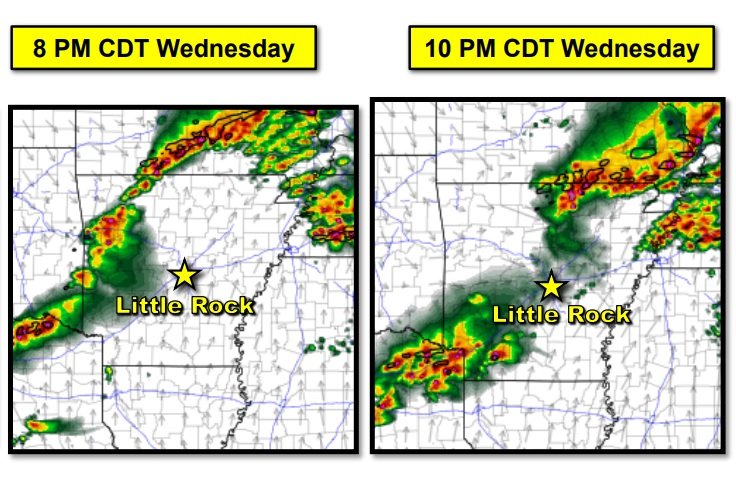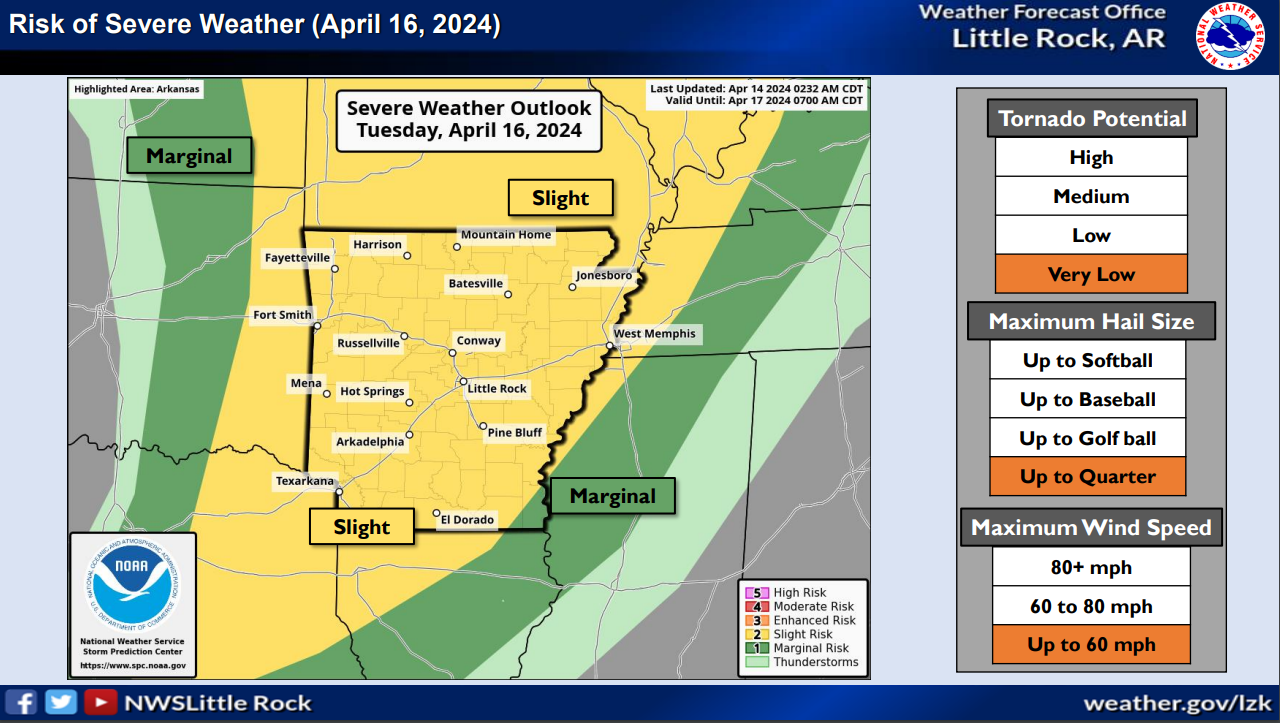Funding for the FRST Project has been provided by the U.S. Department of Agriculture through its Natural Resources Conservation Service, including Conservation Innovation Grants. Additional support comes from the USDA-Agricultural Research Service, USDA-National Institute of Food and Agriculture and OCP North America, a phosphate-based fertilizer company.
FRST (Fertilizer Recommendation Support Tool) is a decision aid that provides an unbiased, science-based interpretation of soil test phosphorus and potassium values for crop fertilization, according to Nathan Slaton, a leader on the FRST Project and associate vice president for agriculture and assistant director of the Arkansas Agricultural Experiment Station, the research arm of the University of Arkansas System Division of Agriculture.
The tool also augments the interpretation of different fertilizer recommendations across state lines, which was one of the issues that prompted the project. Slaton said phosphorus and potassium are the primary nutrients from routine soil testing that are used to predict the need for crop fertilization.
A team of over 100 soil science and agronomic professionals from nearly 50 universities, four USDA divisions, several nonprofit organizations and one private-sector partner worked for six years to develop the free, web-based tool. Division of Agriculture scientists participating in the project include Slaton, Gerson Drescher, assistant professor of soil fertility, and Bronc Finch, assistant professor and state extension specialist for soil fertility.
“We are extremely excited about the launch of the decision support tool,” Drescher said. “FRST was developed in response to the pressing need to harmonize soil testing across state boundaries. It represents an improvement in our ability to evaluate soil test correlation.”
Deanna Osmond, soil science researcher at North Carolina State University, is also one of the FRST Project leaders.
“Until now, soil fertility faculty in each state worked independently,” Osmond said. “But for farmers who work across state lines, it’s difficult to compare or assimilate multi-state guidelines. Our goal is to improve the accuracy of nutrient recommendations through independent, scientifically developed nutrient management best practices that farmers can believe in and adopt.”
Slaton explained that the FRST Project has accomplished two important objectives to advance phosphorus and potassium management for crop production. The first was developing a national database to archive soil test correlation and calibration research, ensuring the preservation of research information that supports crop fertilization recommendations as scientists retire. The second objective was to provide a tool that anyone can use to review the research results relevant to their crop, soils and geographic area to check their soil-test-based fertilizer recommendations.
The FRST Project was hosted in a neutral space (USDA) with common access, Drescher noted, “to foster collaboration and innovation in soil fertility research and pave the way for future advancements in nutrient management.”
Greg Buol of North Carolina State University provided database and programming support.
“The design of FRST has always been focused on the end user being able to easily use the tool and understand the results,” Buol said.
Current capabilities and plans
Currently, the FRST provides critical phosphorus and potassium soil test values, which indicate where there is no expected yield increase from phosphorus or potassium fertilizer application. In the next phase, the FRST will provide research-based phosphorus and potassium rate response information to assist farmers in selecting the minimum fertilizer rate expected to produce maximal crop yield.
The current version (FRST v1.0) includes data from nearly 2,500 phosphorus and potassium trials for 21 major agricultural crops, with the majority being corn and soybean.
The FRST includes a map of the United States that shows the location of phosphorus and potassium trials represented in the database and can be used to identify where the need for additional research data is greatest.
The database was constructed from current and historical research data, including trials from 40 states and Puerto Rico. The team has plans to expand the tool to other crops, cropping systems and nutrients such as sulfur.
Key features of FRST
Data-driven by utilizing a dynamic database of soil test correlation data constantly updated to improve testing confidence.
Crop-specific information with a database that currently covers 21 major commodity crops.
Geographically diverse with published and unpublished trial data from 40 states and Puerto Rico.
Unbiased information with blended data that removes political and institutional bias in soil test interpretation.
Scientifically sound data that represents a minimum dataset to provide reliable outcomes.
"We believe that FRST will not only benefit farmers by improving farm economics and conservation practices but also contribute to global sustainability," Finch said.
For more information about FRST, visit https://soiltestfrst.org and click “Tool” at the top of the screen.
To learn more about Division of Agriculture research, visit the Arkansas Agricultural Experiment Station website: https://aaes.uada.edu. Follow on Twitter at @ArkAgResearch. To learn more about the Division of Agriculture, visit https://uada.edu/. Follow us on Twitter at @AgInArk. To learn about extension programs in Arkansas, contact your local Cooperative Extension Service agent or visit www.uaex.uada.edu.


































